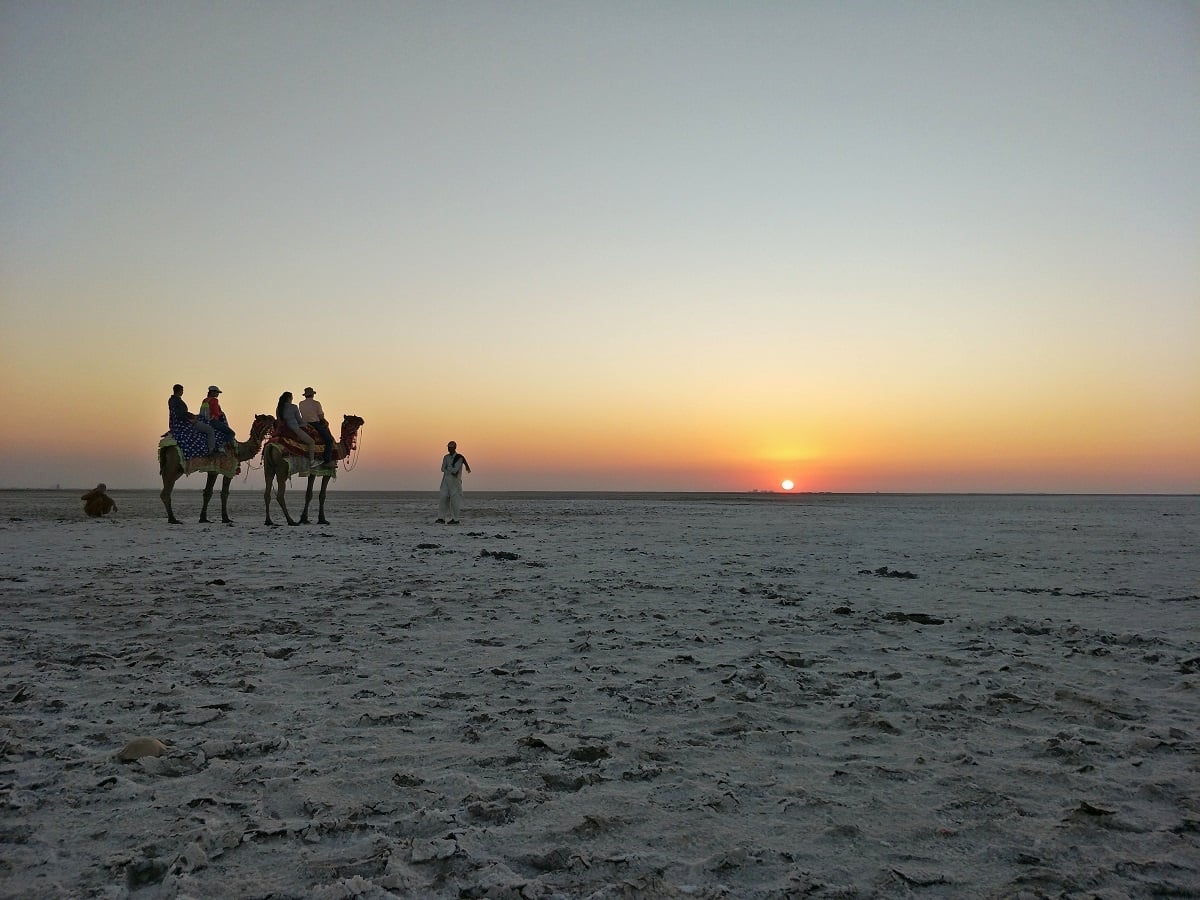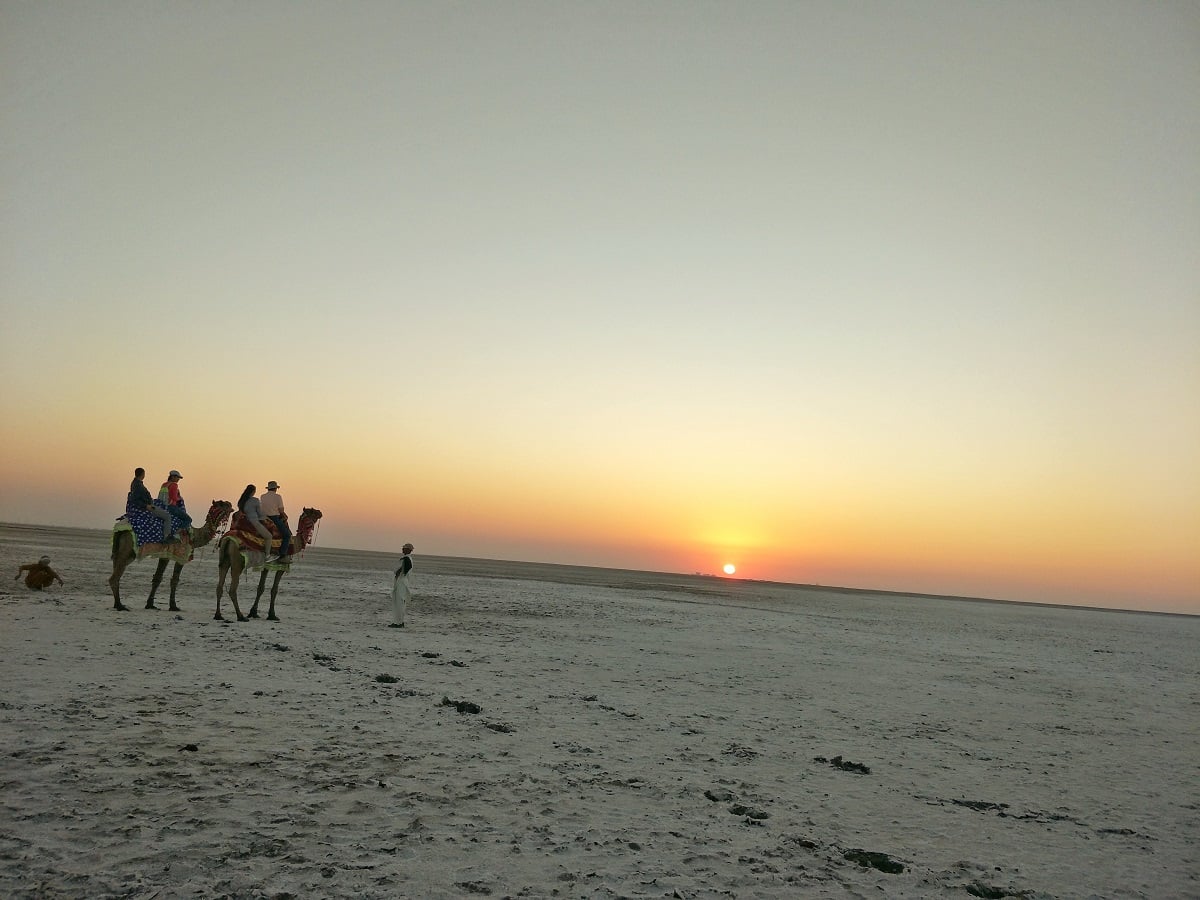How to travel by road and keep you and your passengers safe during the journey? Here is a road travel how to guide that will help answer that question.
If you are planning to drive to your holiday destination or going on a touring holiday involving daily driving, either way could mean some long distance driving. It’s worth considering things you should do or think about before and during your trip. The guide includes information on preparing your car and pre journey checks, planning your trip in advance, what to do during the journey, what to carry in your car in winter and what is worth carrying in your car at any time of year.
Travelling by car is considered more dangerous than air travel. Statistically the chances of you dying in a car crash are about 1 in 5000, while the odds of dying in a plane crash are approximately 1 in 11 million. So much greater chance of having a fatal traffic accident than flying. Long distance driving increases the risk so it is worth doing all you can to minimise the risk.
Travel by Car

Firstly, make sure rent a car from genuine car rental companies, and your car is in good working condition and has been properly serviced recently, preferably by a reputable car mechanic. Tell them where you are planning to drive to and ask them to check the relevant parts and levels are good for that length of journey.
Pre-journey checks

At a minimum you should check the following on your car before setting off to ensure your journey is event-free:
Tyres + spare wheel – are they in good condition? No cuts or other damage and are they inflated to the correct pressures for the load you’ll be carrying? If you are driving in winter and the weather conditions could mean snow or ice where you are going it will be worth investing in all weather or winter tyres. Summer tyres are useless in snow conditions and the right tyres could save you from an accident that has the potential to wreck your holiday or worse. If you are driving on summer tyres in winter, at a minimum carry snow socks for your tyres in case you get stuck. If you have no spare wheel make sure you have a working emergency repair kit with you and the “use by” date has not expired.
Tool kit containing jack, torch and handbook – check your tool kit has wheel nut spanner, locking wheel nut adapter if locking nuts are fitted on your car and a car jack so you can change a wheel if necessary. A torch with fresh batteries, if you break down after dark this is a must-have. Having the car handbook with you, if you have one, can help provide answers to problems as they occur.
Engine oil levels and spare engine oil – check engine oil is topped up before you set off and carry one litre of spare engine oil with you in case the worst happens and you get a red oil warning light appear.
Water coolant levels – check engine coolant levels are topped up to the maximum. If travelling in winter ensure there is enough antifreeze in the system. It’s a good idea to carry spare water for emergency top ups especially if you are travelling in hot countries.
Windscreen and wipers – Fill the windscreen washer tank the day before and keep filling up well before empty on route. Add more concentrated screen wash additive for winter driving conditions. Check the wipers are in good conditions, do not squeak or have splits or cuts in them. Check the windscreen has no stone chips or cracks and if so get them fixed. It only takes one big bump in the road and a minor stone chip could radiate out to big cracks or craze the whole windscreen leaving the car undrivable until a replacement windscreen is fitted.
Plan your trip in advance

Planning your trip in advance will help to ensure your trip goes as smoothly as possible. Consider doing the following before setting off:
Check the expected weather on your route before setting out. In bad weather such as fog, snow and ice or heavy rain, this will cause most drivers to slow down and on busy roads you can end up crawling along. If you can, plan your journey to avoid the worst of the expected weather.
Check the traffic on your route before setting out. This can save you a lot of time by avoiding routes with major road works or road traffic accidents causing big tail backs in traffic. Some Sat Navs have built in traffic alerts and re-route you automatically to avoid the incident.
Carry maps as well as a Sat Nav. If you are going on an unfamiliar route it is a good idea to have a backup of navigating the old way using printed maps in case something happens to your Sat Nav.
Download a free Sat Nav app such as “Navfree” on to your smartphone. This acts as a useful backup, uses GPS with offline maps and integrated Google Streetview. When used abroad it can be used in offline mode requiring no data connection, avoiding high roaming charges. It also comes in very handy when you are walking around unfamiliar towns and cities.
Carry your driving license and a copy of your insurance certificate. Make sure your insurance covers you when driving your car in another country and extend the cover if necessary. Check that your license is valid in the country you will be driving in.
Consider joining one of the roadside assistance breakdown services for peace of mind when you are on the road.
If you are driving a rental car make sure you are familiar with the controls and the position of the various switches before you start driving. Also ensure you know how to open the fuel filler cap, boot (trunk) and the engine compartment. If you can’t figure out how to open any of those, ask the car rental company before you set off. It is also a good idea to check where the spare wheel is located and is it inflated properly.
If you are planning to drive in a foreign country find out local laws before you start your trip. For example, in France by law you must carry in your car – a warning triangle, a reflective jacket, a disposable breathalyser, spare bulbs (recommended), snow chains must be used on snow-covered roads. It is also illegal to use a GPS device that warns about speed control cameras. These are just a few of the requirements you need to meet to comply with French driving laws. Every country has its own set of rules and regulations, so please check beforehand.
A long road trip is likely to be tiring so get as much sleep as you can before setting off so you have some reserves in your personal fuel tank.
Plan to set off early and allow plenty of time to get to your first destination in case of unforeseen emergencies, weather or traffic.
Leave your itinerary with another family member or friend at home and a contact number. Let them know the route you are taking, where you plan to stay and when and a contact number they can reach you on, just in case of emergencies.
It is worth considering wearing anti-embolism stockings if you are likely to be driving or riding in a car for long hours in a day. This is particularly true if you are on a touring holiday involving driving long hours on consecutive days. The stockings help to Prevent Deep Venous Thrombosis (DVT), the formation of a blood clot in a deep larger vein within the body, predominantly within the legs. See our section on Wear anti-embolism stockings to prevent DVT on the Air travel how-to guide for more information.
During the journey
Here are a few “must-haves” on a road trip and things you should always do during the journey:
• Always wear your seat belt and don’t use mobile/cell phones while driving.
• Carry a water bottle in the car in case of emergency as well as some snacks.
• Carry a first aid kit and make sure the items within it are not past their expiry date.
• Carry a mobile/cell phone in case of emergencies but be sure to pull over if you need to use it. Don’t forget to bring a car phone charger so you can charge your phone no matter where you are.
• Carry sunglasses. Wearing sunglasses in bright sunlight is less tiring on your eyes and can help prevent an accident if you are partially blinded by the Sun low in the sky.
• Take regular breaks. This is a must do on long journeys. At the very least stop, get out of the car and walk around. It helps to get the blood flowing again, reduces the chance of DVT and generally rejuvenates you for the next leg of the drive.
• If possible share the driving with a fellow passenger. This makes such a big difference to the distance you can cover in a day and the way you feel at the end of the day. It is much less tiring when you can each do in turn an hour driving and an hour resting. You can just switch off and snooze or just close your eyes during your resting time which helps to keep you fresh for your driving time.
• When you stop and leave the car make sure you lock it and ensure all valuables are out of sight in the boot or the glove box or under seats. Opportunist thieves could wreck your holiday in a few minutes breaking into your car to steal something valuable that could have been hidden out of sight.
• If you suffer from motion sickness during car journeys, see the post on Tips to give you motion sickness relief for some solutions to relieve the symptoms
What to carry in winter
The following is not an exhaustive list but if you are going on a long trip in winter, particularly if where you are going there is likely to be lots of snow and ice, consider carrying all the following in your vehicle:
• Warm clothes, blanket, rug or sleeping bag for all passengers
• Boots with snow/ice grips- essential if you need to venture out of the car into the snow
• High visibility jacket/vest
• Shovel – for digging yourself out of trouble
• Torch with spare batteries
• Ice scraper and de-icer
• Extra screen wash pre-diluted for winter conditions
• Bottled water
• Food and a warm drink in a Thermos flask
• First aid kit
• Sunglasses to help combat snow glare
• Portable vehicle escape tracks for traction on snow/mud
• Bag of salt/sand to help clear snow and ice
• Reflective warning sign
• Battery jump start cables
• Mobile phone charger
• Tow rope
• Tyre snow socks
• Tyre snow chains
What to carry in general
There are a few things worth carrying in your car no matter what time of year it is if you are going on a long car journey:
• Bottled water, you and/or your car might need this if the weather is hot
• Snacks
• Sun cream, in case you breakdown and the weather is hot
• Mobile phone
• Mobile phone charger
• The phone number of your Roadside assistance provider (if you are a member)
• The car handbook if available
• High visibility jacket/vest
• First Aid kit – check the expiry date of contents
• Warning triangle
• Fire extinguisher – check the expiry date
• A spare empty fuel can
• One litre of spare engine oil – check its the right type for your engine
• Paper maps or road atlas
If you found the above road travel how to guide helpful, please share so others can benefit from the information as well or if you have any questions or tips of your own for travel by road, leave a comment below.




